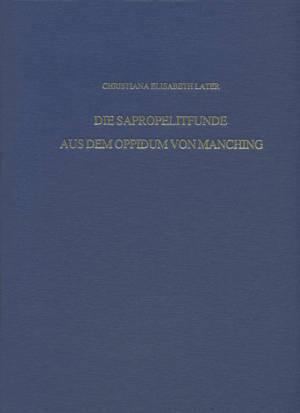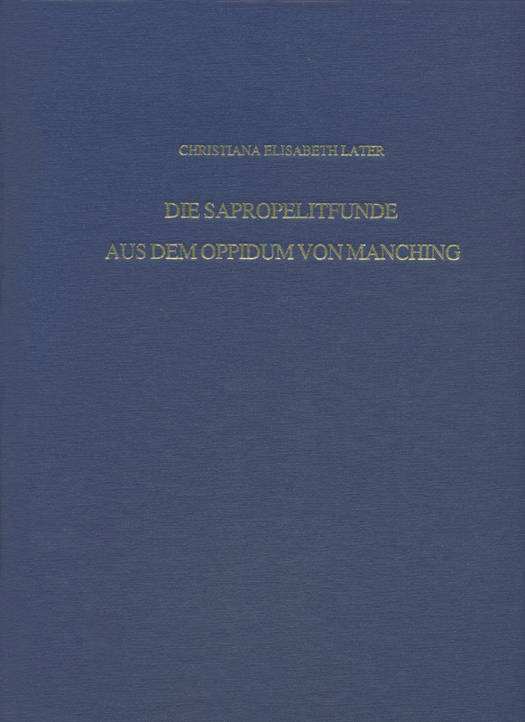
- Retrait gratuit dans votre magasin Club
- 7.000.000 titres dans notre catalogue
- Payer en toute sécurité
- Toujours un magasin près de chez vous
- Retrait gratuit dans votre magasin Club
- 7.000.0000 titres dans notre catalogue
- Payer en toute sécurité
- Toujours un magasin près de chez vous
Description
Objects made of sapropelite and related rocks of fossile origin, mainly bracelets, are a common part of the material culture in Iron Age Europe. Nevertheless, they often play a minor role in archaeological studies. However, especially by scientific analysis, partly able to determine the provenience of the raw material, it is possible to contribute to questions of cultural and economic relations. The excavations in the oppidum of Manching in Southern Bavaria yielded one of the largest collections of objects made of sapropelite and similar materials dating to the La Tene period. In addition, more samples were submitted to palynological and petrographic analysis than from any other site of the Late Iron Age, providing a solid basis for further research. The study outlines different questions connected to the raw material as well as typological issues and discusses the significance of sapropelite finds for dating the beginnings of the Manching settlement. Furthermore, it focuses on their relevance for the reconstruction of trade and communication networks, which involved Manching and the surrounding La Tene culture of Southern Bavaria. For this purpose, the richly illustrated study does not centre on Manching alone, but presents an up-to-date overview of research history and current perspectives as well as of many more issues concerning objects made of sapropelite and related raw materials; burial and settlement finds from the whole area of the La Tene culture in Continental Europe, from the Atlantic coast to the Carpathian Basin, are included. They are analysed regarding issues of chronology, jewellery, economy and the symbolic meaning of artefacts made of dark stones. Due to this comprehensive approach, it is possible to identify regional trends and specificities in the use of these artefacts, which represent important building blocks for reconstructing contact areas during the Late Iron Age, not only for Manching. This find category allows insights into regionally and chronologically differing distribution patterns and the transfer of goods covering partly long distances, but also into the immaterial exchange of knowledge and ideas throughout the European La Tene culture. At the same time, the objects made of sapropelite and related materials reflect the importance of the Manching region as an economic centre already as early as the 3rd century BC. Thus, this insignificant group of artefacts illuminates the complex network, into which the settlement of Manching was imbedded from its beginning and which provided the framework for Manching's further development towards an oppidum in the late La Tene period.
Spécifications
Parties prenantes
- Auteur(s) :
- Editeur:
Contenu
- Nombre de pages :
- 256
- Langue:
- Allemand
- Collection :
- Tome:
- n° 19
Caractéristiques
- EAN:
- 9783954900732
- Date de parution :
- 27-01-15
- Format:
- Livre relié
- Format numérique:
- Genaaid
- Dimensions :
- 225 mm x 310 mm
- Poids :
- 1559 g

Les avis
Nous publions uniquement les avis qui respectent les conditions requises. Consultez nos conditions pour les avis.






